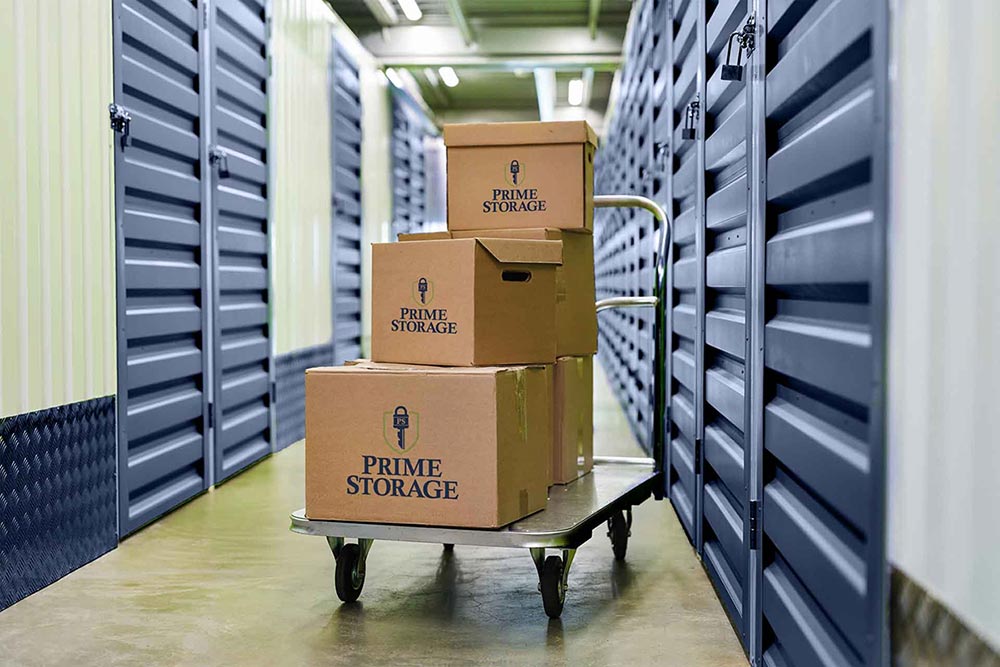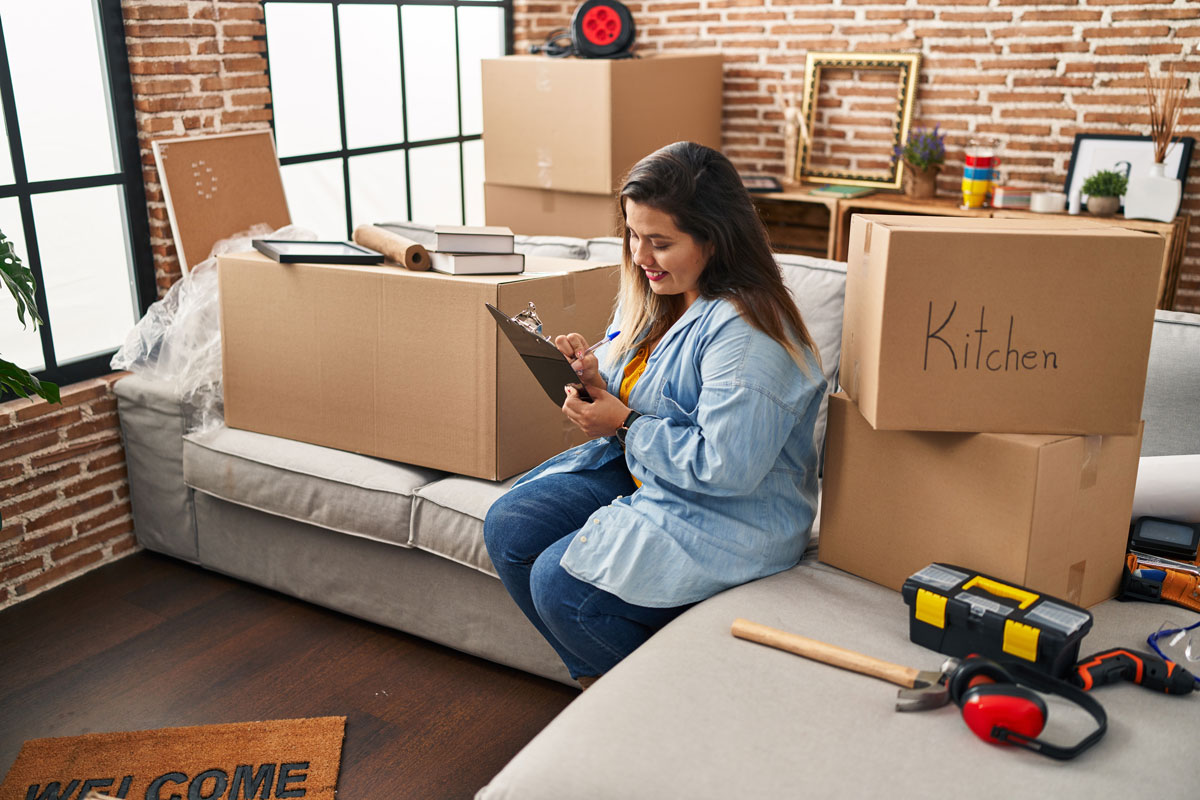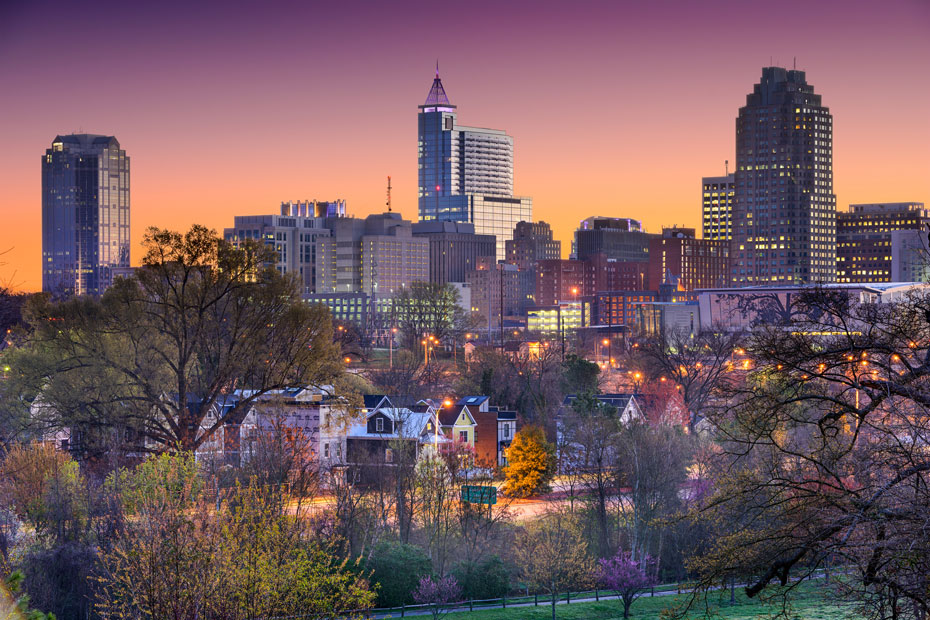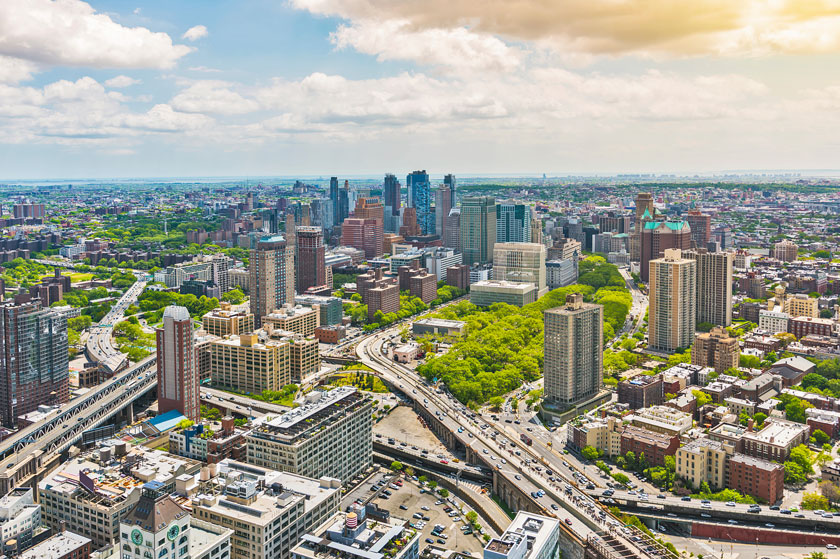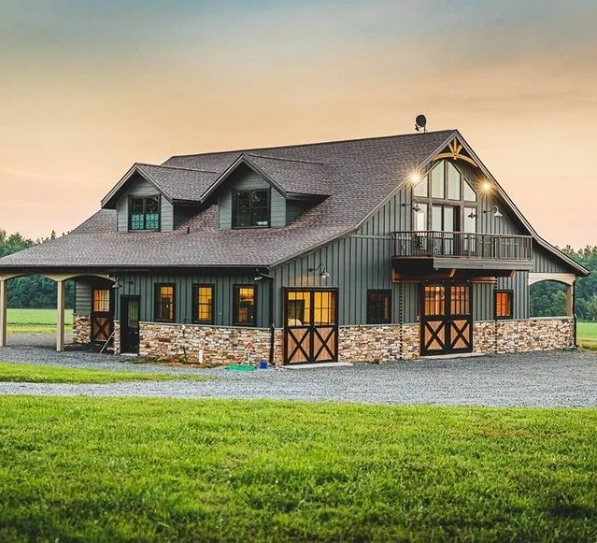
You may be wondering, “What is a barndominium?” If you’re not an HGTV junkie and are new to the term, barndominiums, or “barndos,” are exactly what they sound like—think barn that’s been built or renovated to be habitable. This can be a home, a business, a mix of both, or some other gathering place. And, no, that doesn’t mean you have to convert to life on a farm, but it’s also okay if you do.
Though they’re a newer trend, barndos have actually been around for a while as a practical means of living for farmers. Today, many love barndominiums as an alternative housing option in an inflated market. But they aren’t for everyone. Here we’ll cover the pros and cons to help you determine if this type of home is right for you.
Pros
1. Barndos are affordable homes.
The first question to consider in any custom home build is cost. Like anywhere else, pricing varies depending on the square footage and amenities included. But most barndominiums are on the affordable side, with a lower price per square foot and a shorter time frame to build, which saves on labor costs. In addition, there are several different building methods to choose from.
One option is to get a metal, steel, or wooden building kit that’s a basic shell of the structure (the exterior walls and roof). This gives you all the framework, is cheaper than a traditional home, and you’d mainly be putting your interior design skills to the test once constructed. Alternatively, you can get a turnkey barndominium that’s move-in-ready with all the bells and whistles.
2. Barndominiums are energy efficient.
Adding to the affordability aspect, most barndominiums feature an energy-efficient and low-maintenance design. Plus, the structure is highly durable, especially metal or steel builds, which helps deter rot, mold, and elemental wear and tear. Some of the materials most commonly used in barn house construction include:
- Energy-efficient windows
- Concrete flooring and concrete slabs
- Spray foam insulation
- Continuous metal roofing
- Metal siding
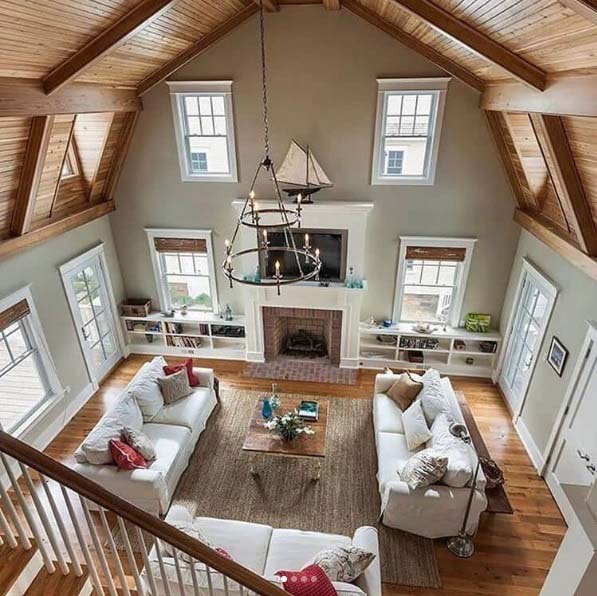
3. You can choose the layout.
Your dream home can be real with the possibilities barndominiums bring. The open space is multi-functional, and the home plan is entirely customizable. You can have as many bedrooms and bathrooms as you like. Get yourself that home gym, office, and garage. You can even convert the home to a half workshop and half living space if you have a business or hobby that requires a lot of room. Do you love hosting? Design a blueprint with an expanded entertainment area!
You don’t only have the interior to think about, either. The outside can also be customized to include a porch, patio, or pool. Just keep in mind how much land you’re working with and what you’re willing to spend. Barndominium costs are lower, but they still add up.
4. You can have the same things as a traditional home.
Just because you live in a barn doesn’t mean you need to act like it. If you’re worried a barn home might be a little too rustic for your tastes, no worries. You can design the space to be entirely modern, contemporary, or a mixture of aesthetics—whatever suits your tastes.
Anything you find in the floor plan of a traditional home, from plumbing to hardware and countertops, can be used in a barndo. You can still have amenities like central air, hardwood flooring, upgraded kitchens and bathrooms, and more. The sky (and maybe your budget) is the limit.
Cons
1. Barndominiums can get expensive depending on the building method.
Aside from using a kit, Barndos can also be constructed using the structure of an old barn. This method may require costly extra steps, though, such as raising the floor, installing a new roof, or reconstructing the frame if there’s warping. You may also need to reinstall electrical and plumbing based on the barn layout and if it was climate controlled previously. Plus, if you DIY it, there’s always the risk of not being up to code. Barndos can also be challenging to finance since they’re newer to the market. So, take your knowledge and experience level into account before jumping on the bandwagon.
If you decide to take the barndominium kit route instead of building yourself, there are still the foundation, materials, and labor costs to consider. And that’s all before you get to designing the interior. Just like with traditional homes, you’ll have more expensive and cost-effective options.
2. Barndos can’t be built everywhere.
Location matters, and a big building needs ample space. Therefore, you won’t find barndominiums in cities or suburbs where zoning laws are stricter. If you’re eyeing this style home because it has good bang for its buck, just know you’ll likely need to move somewhere more rural and away from the hubbub. This is another cost to factor in, as is the area you plan to build. In some locations, building a barn home can end up costing the same as buying a traditional house, depending on labor and design costs.
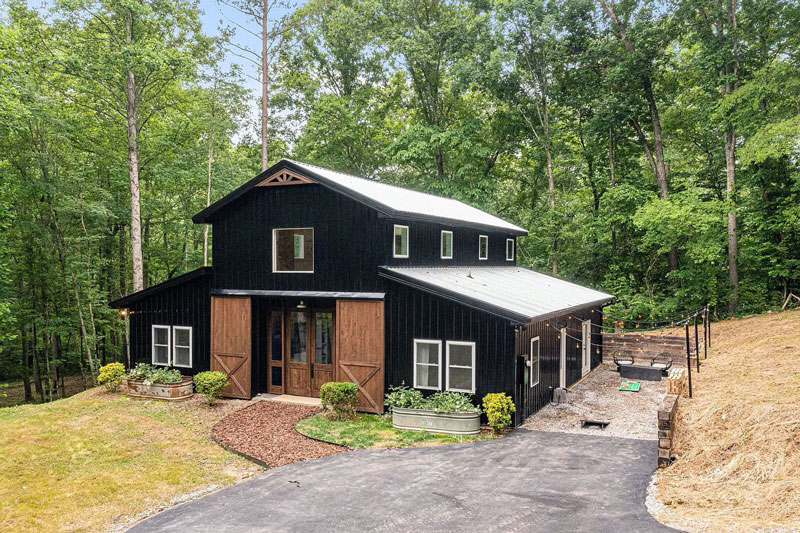
3. Barndominiums can be difficult to sell.
It’s of note to mention that barndominiums, while rising in popularity, are a niche market. They’re not very common in most parts of the country and are highly customized builds. As a result, their resale value is much slower to rise than a traditional home, and it may be tough to get an accurate appraisal if you plan to sell. Couple that with the fact that some lenders don’t offer mortgages for barn homes, and your buyer demographic narrows.
4. Building A barndominium can take time.
Building a barndo isn’t necessarily a quick process, though it is usually faster than building a traditional home. But you can’t just decide you want one, and it magically appears. Like breaking ground on any new home, there are steps like permit approvals and waiting periods, though sometimes you can get lucky. The process could take at least several months from start to finish, depending on the level of customization. So, before you pack up and leave your current living arrangement, just know you might need to plan for the long game.
Barndominiums are on the rise and here to stay, at least for the foreseeable future. So, if you’re a homeowner or someone looking to buy your first home and want a lot of space for a low overall cost, this could be your best option. Whether you hire a contractor or tackle the project on your own, if you need a place to store your belongings while you wait on your new build, Prime has the solution. We have self storage facilities across the country suited to handle your home storage needs. So, get to designing the barndominium of your dreams and find a facility near you today!
